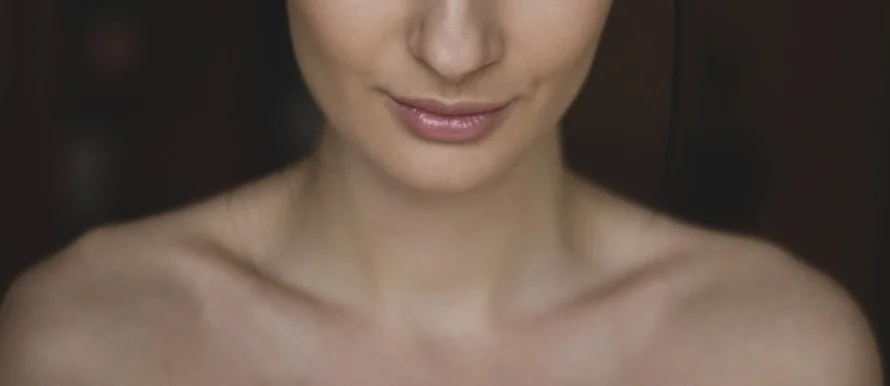Life might get you down, and if you’re clumsy… life might get you down a little more often than the average person. These accidental injuries can lead to scarring on the body, and other instances such as: surgery, burns, rapid weight gain, intentional harm, illnesses such as chicken pox, and severe acne can also leave unwanted scarring. Whether you are dealing with facing scarring, back scarring, etc., there are various scar treatments that can help your scars.
The Most Common Scars And How To Prevent Them
Scars form on the skin when it is injured from scratches, acne, burns and serious tears in the skin. Younger people heal better than older people and often medicines affect how the scar looks. Scars are embarrassing and often lower the self-esteem of the person with them. There are many types type of scars and different treatments for them.
It’s hard to prevent scars because accidents happen. One way to prevent scars is to get them treated by a dermatologist or doctor immediately. Get stiches if cuts are deep and far apart. Add petroleum jelly and non-stick bandages to keep the wound moist. Avoid sun to prevent discoloration and apply Vitamin E crème daily to help reduce scarring. Let them heal naturally and remember to be patient.
Types of Scars and Treatments
There are many different types of scars and scar treatment. Before you get treated for a scar, it is important for you to know the type you have. Atrophic scars are flat and often depressed against the first layer of skin. Sometimes they develop a darker color than rest of the skin caused by tissue damage. It is known as hyperpigmentation. Dermatologists have several treatments for hyperpigmentation. They have skin lightening creams, skin lightening mask, and light and laser scar treatment.
Hypertrophic scars form due to infections and wounds. They are elevated in appearance and rise off the skin. Often excessive tissue forms over the wound. It can be treated with silicone sheets and steroids successfully. Silicone is a chemical that is produced in different forms for its healing properties. It comes in gels, liquid and sheets. Silicone sheets for scars are band aid like strips covered with silicone. It is worn over the wound. Sometimes a gel is given that is put directly on the scar twice a day.
Keloid scars form when body uses all its resources to heal a scar and it does not work. It rises above the skin and has smooth skin and pink or purple color. The infection often travels to other tissue. Keloids often develop after surgery or a serious wound. They form on the chest, back, shoulders and earlobes. Doctors don’t know why they form. They are treated by surgery, laser scar treatment, silicone sheets, cryotherapy or by freezing them with liquid nitrogen and injections of interferon.
When you are burned the scar is called contractures. There are different degrees of damage with burns from very serious--as in fires and combat injuries--and minor burns. The scars often form on joints and creases, damaging the flexibility of movement. When deep, they often affect the muscles and nerves around them. There are many different treatments for contracture scars. Steroid and corticosteroid shots are given, applying silicone gel, pressure garments, skin grafting, and laser treatment.
Stretch marks caused by being pregnant, gaining weight or losing weight too fast are skin tears. They form on the buttocks, stomach, and thighs. They often look red or purple in color than lighten up. Acne and pimples often leave scarring. Many teens and adults have acne scars. These types of scars are treated with lotions and crèmes, steroids, dermabrasion, and lasers.
Treating cuts, scratches, burns and wounds is the best way to prevent scars. There are many scar treatments designed to fix the problem. The doctor can recommend over the counter and prescription scar products that help heal the skin from scar damage. You don’t have to suffer the embarrassment of ugly scars because there are many treatments available to treat them.
Written by: Joan Russell

